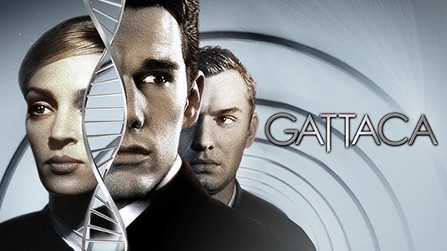Revisiting a Class: A Review of Led Zeppelin’s Self-Titled Debut Album
Classic albums that start new generations of music tend to have a connotation attached to them, implying that they have been eventually surpassed or redefined after newer artists have perfected the established sounds. Rarely does a pioneering album remain as unparalleled in quality as Led Zeppelin.
Branching off from mid-sixties rock and classic blues, Led Zeppelin takes inspiration from these genres, executing those same chord progressions and familiar music tropes with an explosive sound. It is widely known that Led Zeppelin is the godfather of hard-rock; musical rock outfits from the early seventies to today would be nothing without the innovative style that Zeppelin brought to the music scene.
Stripping away the sentimental and historical context of this album, the sonic aspects alone warrant multiple listens from any musical appreciators out there. Each of the nine tracks on this album has a soul of its own, representing multiple branching paths for later artists to take inspiration from.
The first track on this album, entitled “Good Times, Bad Times,” opens up the album with a lighthearted yet hard-hitting musical composition that takes the musical styling and patterns of bands such as The Who and even The Beatles and adds a ferocity only seen at the time by Jimi Hendrix or CREAM.
It’s easy to make comparisons to other bands, but Led Zeppelin has a sharply distinct sound within the genres it spawned, even to this day. Out of every Zeppelin album, the unified sound that Zeppelin created is the most jarringly powerful on their first album. The vocals of Robert Plant, guitar playing of Jimmy Paige, riveting drum skills of John Bonham, and innovative bass follows of John Paul Jones come together on this album in a way rarely seen in any early musical act.
The fantastic chemistry is not only apparent on this album through the overall sound created; it’s vividly apparent throughout the specific instruments and ambience. This album contains songs that have those melodies, guitar riffs, and vocals that are irresistible to the ears of the listener.
Tracks such as “Dazed and Confused,” “Communication Breakdown,” and especially “How Many More Times” do not only offer innovative renditions to the bluesy sound they take inspiration from—they bring moments of pure chaos. However, these chaotic moments are expertly and technically crafted to have melodic appeal to the average listener.
The greatest achievement of this album is how accessible it is to all kinds of listeners. Each track has the catchy riffs to attract the attention of all types of listeners, yet each track has the subtle complexity to be picked apart by rock aficionados.
The most memorable moments from this album come from the build-ups of tension and release of that anxious yet beautiful storage of energy. Moments such as the crescendo on “Dazed and Confused” and “How Many More Times” provide a cathartic experience with every listen.
Even though this album just celebrated its 45th birthday, the instrumentals and tones on this specific album do not sound dated whatsoever. Part of its charm is that the heaviness and grittiness of the guitar and bass playing holds up to this very day, even with a plethora of bands attempting to innovate the style conceived with this album.
The album’s audio mixing is purposely clean, distorted, and convoluted in separate places, especially the harder tracks such as “Communication Breakdown,” to increase the emotional tension brought about by the lyrics and crescendos in each song.
If you enjoy the sounds of bands such as Queens of the Stone Age, Rage Against the Machine, Red Hot Chili Peppers, Radiohead, Foxygen, Tame Impala, and basically any rock outfit since 1969, listening to Led Zeppelin’s debut album will satisfy any need for an intense or casual thirst for good rock music.
It is a common misconception that Led Zeppelin’s works are all under the umbrella of “soulless dad rock.” However, Led Zeppelin’s debut album has substance. The album takes the listener into multiple directions. From the blue-grass acoustic track “Black Water Side” to the emotional, dramatic “Babe I’m Gonna Leave You,” Led Zeppelin expertly crafted an album back in 1968 that still holds an unmatched pedigree in the realm of rock that stands tall to this day.
FINAL SCORE: 5/5




